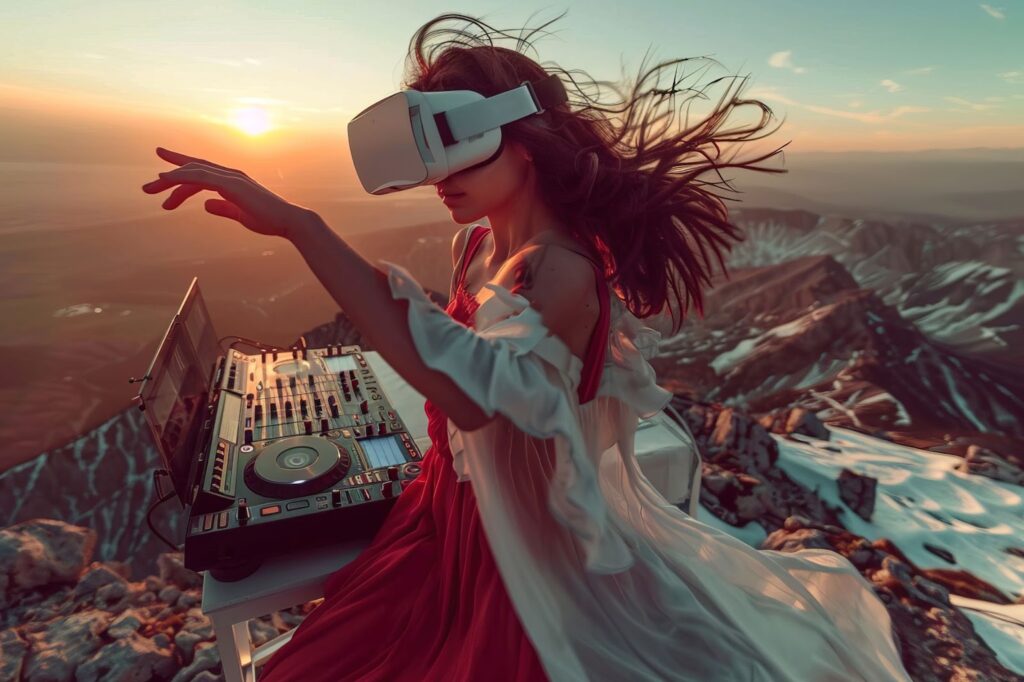Welcome to the broken border of self-expression—where pixels shatter like glass, color stripes undulate like codeworms, and digital noise is the new glow-up. Glitchcore isn’t merely a trend—it’s a revolution against perfection, and Dreamina’s AI image generator is here to guide you through the mess.
With its surreal overlays and corrupted charm, a glitchcore portrait tells the story of a self glitched mid-upload, trapped between systems, half memory and half magic. Whether you’re designing a new avatar, a dystopian character, or your parallel-universe self, it’s time to make the fragments shine.
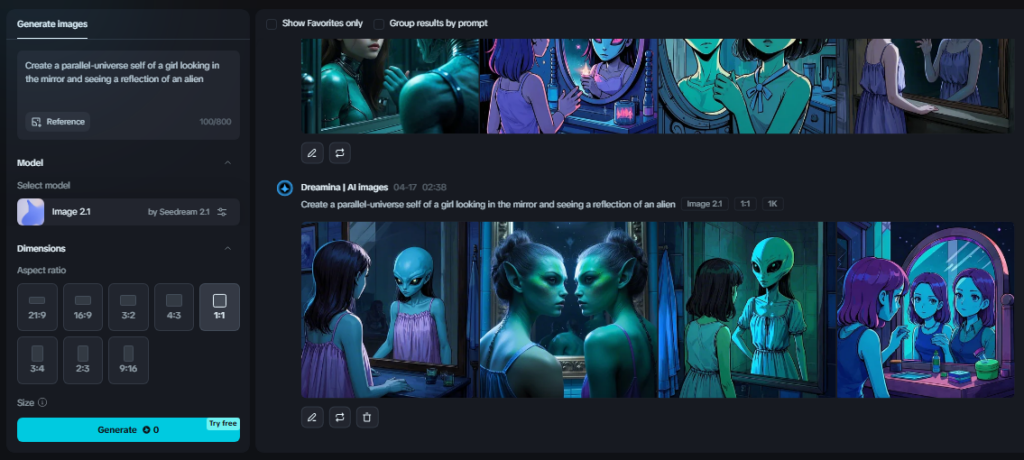
Welcome to the static zone: what is glitchcore anyway?
Table of Contents
Suppose your webcam caught an echo from the future, or your childhood picture was rewired during a pixel storm. That’s glitchcore: broken, dreamy, and digitally haunted.
- Aesthetic distortion: JPEG artifacts, VHS fuzz, RGB splits, and broken-data overlays.
- Emotional code: Glitchcore is not just visual—it communicates dissociation, nostalgia, rebellion, and beauty in breakdown.
- Unexpected color rules: Neon pinks alongside muted blues and jarring blacks. It’s cyberpunk meets emotional collage.
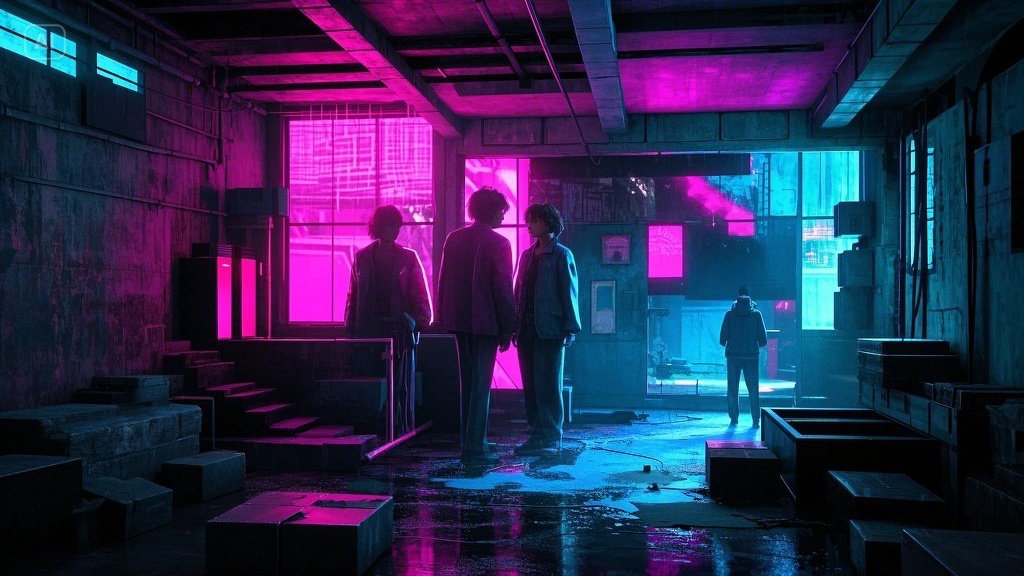
With a handful of imaginative cues and a press of a button, Dreamina allows you to create portraits that resemble memories preserved in a program crash.
Brand your glitch: fractured identity icons
Your glitched avatar needs a glitched logo. Dreamina’s AI logo generator allows you to create brand-type icons inspired by digital distortion.
- Signal glyphs: Logos that appear to have been faxed ten too many times. Rough, mysterious, and messy.
- Symbol reboots: Reuse classic icon forms—stars, circles, initials—but break them, copy them, or place static textures on top.
- Cosmic static: Mix neon color streaks with digital snow to make a mark that hums with buggy energy.
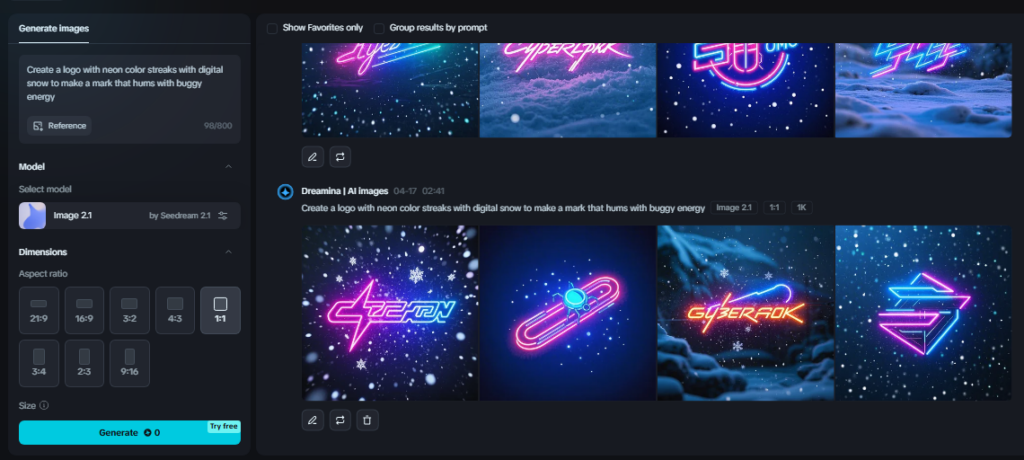
These identity pieces can follow your glitchcore portraits throughout profiles, content, or packaging—particularly for creators embracing the glitched look as a brand vibe.
Portraits that have the essence of static dreams
It takes more than symmetry and clarity to create a glitchcore portrait—attitude and atmosphere are more important. Have your subject look like it’s blurring into focus from a shattered world.
- Half-empty expressions: Faces that appear to halt in the middle of a reboot. Apply pixel tears, fragmented jawlines, or flickering pupils.
- Data smear and overlay: Add ghosted versions of the same face layered behind, as if sliding between dimensions.
- Digital decay: Highly exaggerated pixelation, screen tears, blurring compression lines create the illusion of corrupted memory files.
You would do that with Dreamina’s AI art engine, inputting text- like “cyberpunk avatar glitches during data transfer” or “90s webcam portrait caught in static storm“- into it and then mesmerize yourself with the eerily beautiful results.
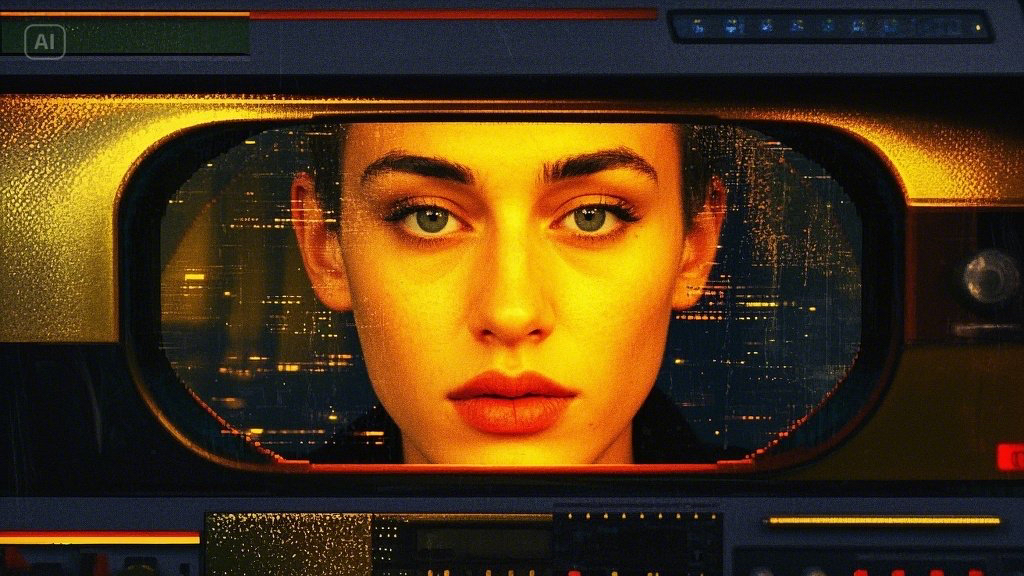
Accessories from the simulation
For sure, glitchcore being forward obsessed is also involved with other states of existence. Then you’ve got accessories that incorporate parallel worlds and failed uploads.
- Fallen headgear: Signal bar moths, broken headphones dragging behind, or flickering data-goggles.
- Pixel art on skin: QR code tattoos, tracking grid sleeves, random text covering cheeks, or barcodes where the eyes are.

- Fashion bugs: Shirts changing between materials, or jackets whose sleeves jitter while it buffers into view.
You can even add animated details such as flickering symbols or changing colors, particularly when designing avatars for online accounts or streaming characters.
Stickerized chaos: bringing your glitches to life!
Once you’ve mock-glitched your expressions and corrupted your logo, go further. Turn all these funky glitches into outer-worldly digital debris inside Dreamina’s sticker maker.
- Repeating errors: Design stickers that look like anthropomorphic UI error message pop-up windows, whimsical-looking loading wheels, or buffering warning messages.
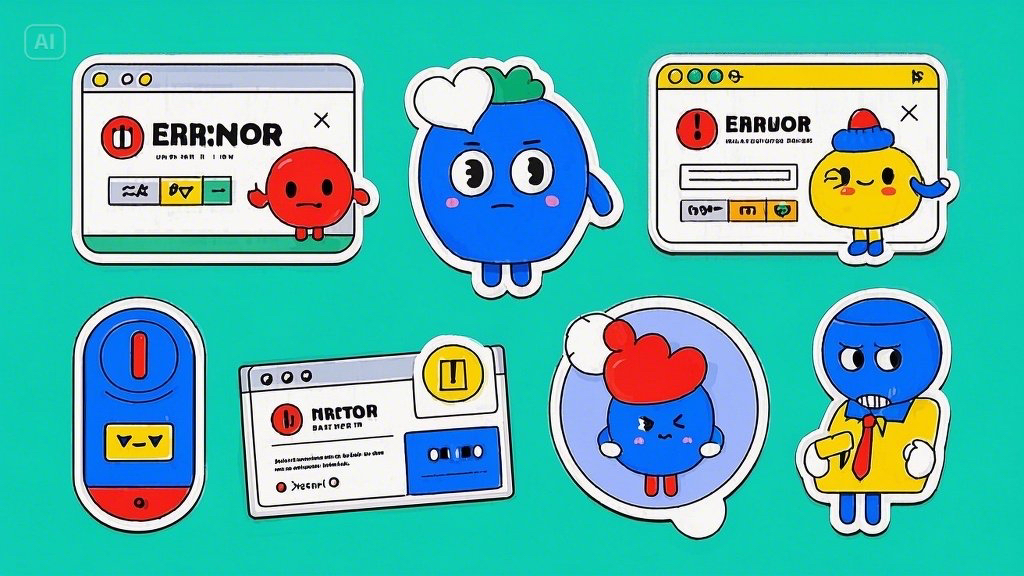
- Avatar cutouts: Cut away your glitchcore portrait in different fun shapes featuring pixel edges or VHS frame borders.
- Visual noise sets: Design sticker sheets with varying data static, splashes of RGBeef and digital tears emoji-style.
These glitchcore stickers would be a riot to use across devices for social posts or print them out as chaotic collectibles- as if from a hacked game cartridge.
Tainted timelines: create collages out of many selves
Glitchcore lives and dies on contradiction—past spilling into present, one identity shading into another. With Dreamina, you can create multiple iterations of self that each capture a different signal loss, mood, or moment. One portrait might resemble a childhood photo frozen in a software crash. Another might have the heavy-lidded eyes of a late-night stream glitched in mid-thought. You’re not limited to one image—you’re creating a visual diary of data ghosts.
Stack these portraits on a single canvas with Dreamina’s inpaint and expand, piecing them together like forgotten pieces of code. Insert barely perceptible colour aberrations in places where different versions overlap, or drag-in artificial background hiss to cover over the gaps.
The upload never ends: glitchcore zines and alt-merch
Once you’ve conjured your glitch persona and shattered the symmetry of self, what do you do then? You release it. Perhaps not on social media, perhaps not in conventional gallery settings—but in the strange, lovely manifestations glitchcore is known to favor. Dreamina-generated imagery is ideal for creating miniature digital zines, trippy profile banners, alt-merch mockups, or even mood boards for fashion that trembles between looks.
Dreamina will allow you to make those in-between images—something that is not quite product mockups, but not entirely art either. Album covers for music that doesn’t exist. Posters with glitched-up slogans or captions half-printed wrong. Dreamina’s rendering does that uncanny valley thing well: sleek enough to feel real, degraded enough to remain weird.
Bend the rules of reality
The most wonderful thing about glitchcore is that it doesn’t ask you to make any sense-it asks you to crash into it. And Dreamina is your doorway to the crash. You’re not creating a portrait. You are freezing the moment a self glitches into something else-something more expressive, more haunted, more real.
So whichever way you are into making avatars now for a digital identity shift, or just want to explore the beauty of digital disorder, bring in the static. Blur your edges. Add color noise. Repeat the error. Because sometimes, the most honest version of you is an aggregate of smaller chunks.
Also Read: 100+ Innovative Science Investigatory Project Ideas For Students

